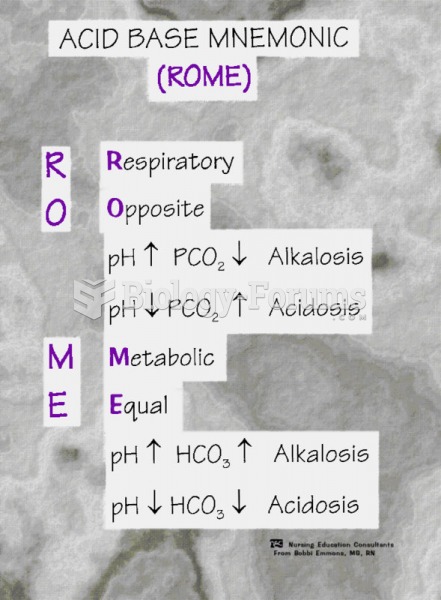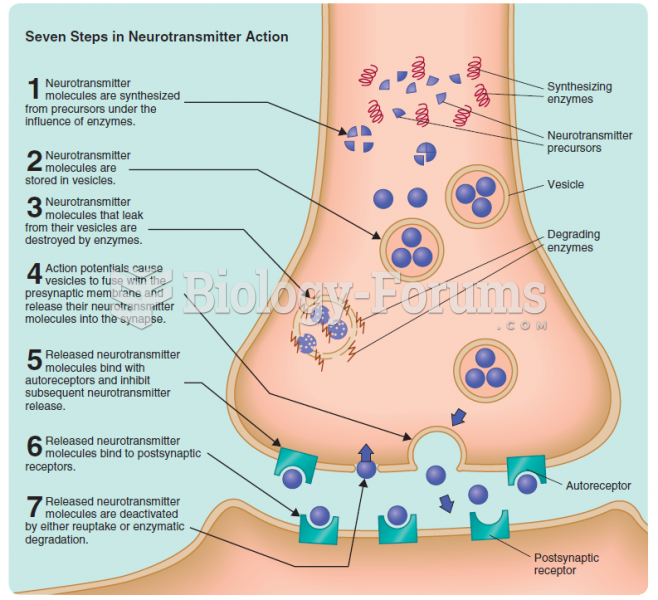Which of the following best describes the key mechanistic steps in the reaction of an acid chloride and an alcohol to form an ester?
a.
elimination followed by addition
b.
addition followed by decarboxylation
c.
addition followed by elimination
d.
substitution followed by addition
Question 2Which of the following is the correct order of decreasing acid strength of the following compounds (more acidic > less acidic)?

a.
1 > 2 > 3
b.
2 > 3 > 1
c.
1 > 3 > 2
d.
3 > 2 > 1
Question 3Which of the following compounds is a 2 amide?
a.

b.

c.

d.
 Question 4
Question 4What is the correct assignment of the functional groups in the following compounds?

a.
1 = acid chloride; 2 = ester; 3 = nitrile
b.
1 = carboxylic acid; 2 = ester; 3 = imide
c.
1 = acid chloride; 2 = ester; 3 = amide
d.
1 = acid anhydride; 2 = ester; 3 = imide
Question 5Which of the following is the correct assignment of the classes of the following compounds?

a.
1 = lactone; 2 = ester; 3 = amide
b.
1 = ester; 2 = ester; 3 = imide
c.
1 = ester; 2 = imide; 3 = amide
d.
1 = lactone; 2 = anhydride; 3 = imide
Question 6What is the correct assignment of the names of the following substituted benzenes?

a.
1 = benzoyl chloride; 2 = benzyl amine; 3 = benzyl alcohol
b.
1 = benzyl amine; 2 = benzoyl chloride; 3 = benzamide
c.
1 = benzamide; 2 = benzoyl chloride; 3 = benzoic acid
d.
1 = benzoyl chloride; 2 = benzamide; 3 = benzoic acid
Question 7What is the IUPAC name of the following compound?

a.
dimethylamino 3-phenylpropanoic acid
b.
N,
N-dimethyl 2-phenylethyl amide
c.
N,
N-dimethyl 3-phenylpropanamide
d.
dimethyl 2-phenylpropanoylamine
Question 8Instructions: Tell which spectroscopic technique you would use to distinguish between the two members of the pair. Tell what differences you would expect to see.
Identify spectroscopic technique:

Question 9Instructions: Tell which spectroscopic technique you would use to distinguish between the two members of the pair. Tell what differences you would expect to see.
Identify spectroscopic technique:








